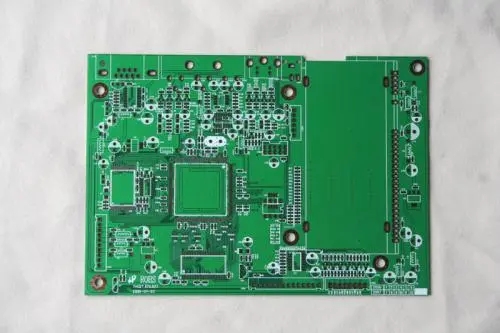During the PCB layout process in PCB design, after the system layout is completed, the PCB board diagram should be reviewed to see whether the system layout is reasonable and whether the optimal effect can be achieved. It can usually be investigated from the following aspects:

1. Does the system layout ensure that the wiring is reasonable or optimal, whether it can ensure the reliable operation of the wiring, and whether the reliability of the circuit operation can be guaranteed. In the layout, it is necessary to have an overall understanding and planning of the direction of the signal, as well as the power supply and ground wire network.
2. Whether the size of the printed board is consistent with the size of the processing drawing, whether it can meet the requirements of the PCB manufacturing process, and whether there is a behavior mark. This point requires special attention. The circuit layout and wiring of many PCB boards are designed very beautifully and reasonably, but the precise positioning of the positioning connectors is neglected, resulting in the design of the circuit cannot be docked with other circuits.
3. Whether the components conflict in two-dimensional and three-dimensional space. Pay attention to the actual size of the device, especially the height of the device. When welding components without layout, the height should generally not exceed 3mm.
4. Whether the layout of the components is dense and orderly, neatly arranged, and whether they are all laid out. In the layout of components, not only the direction of the signal, the type of signal, and the places that need attention or protection must be considered, but the overall density of the device layout must also be considered to achieve uniform density.
5. Whether the components that need to be replaced frequently can be easily replaced, and whether the plug-in board can be easily inserted into the equipment. The convenience and reliability of replacement and connection of frequently replaced components should be ensured.
6. Whether it is convenient to adjust the adjustable components.
7. Whether there is a proper distance between the thermal element and the heating element.
8. Whether a radiator or fan is installed where heat dissipation is needed, and whether the air flow is unobstructed. Attention should be paid to the heat dissipation of components and circuit boards.
9. Whether the signal direction is smooth and the interconnection is the shortest.
10. Whether the plug, socket, etc. contradict the mechanical design.
11. Is there any consideration for line interference?
12. Whether the mechanical strength and performance of the circuit board have been considered.
13. The artistry and aesthetics of the circuit board layout.